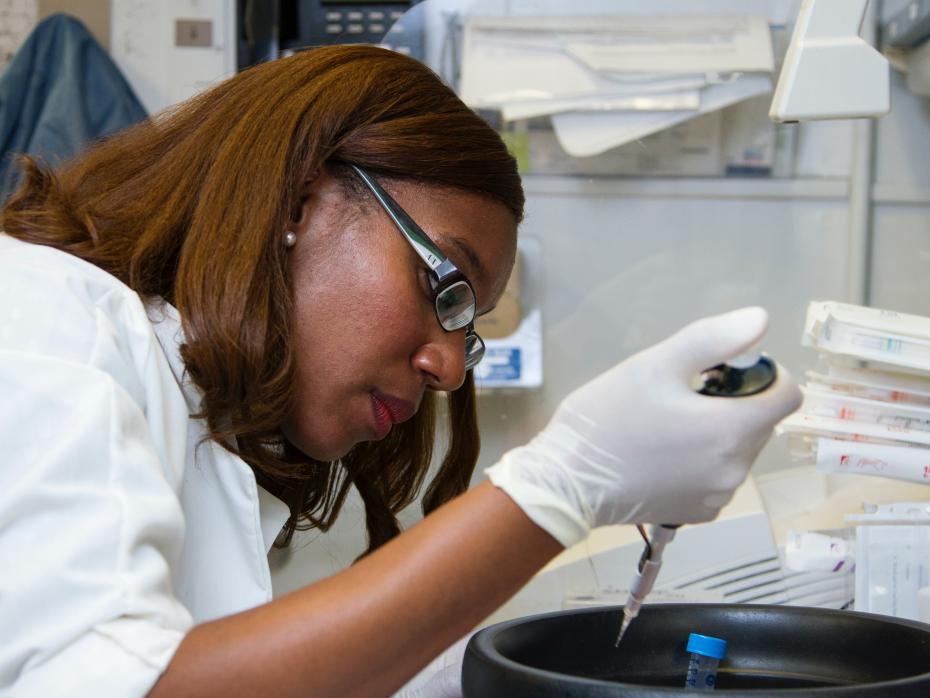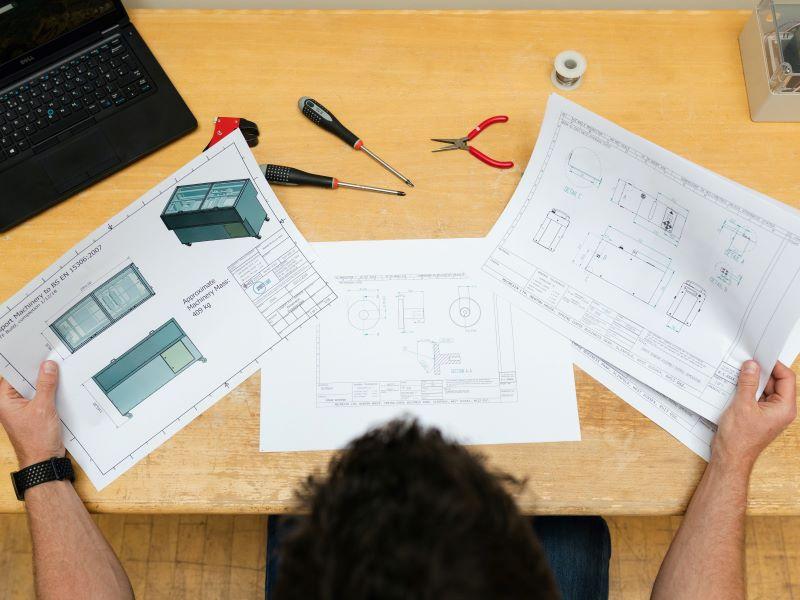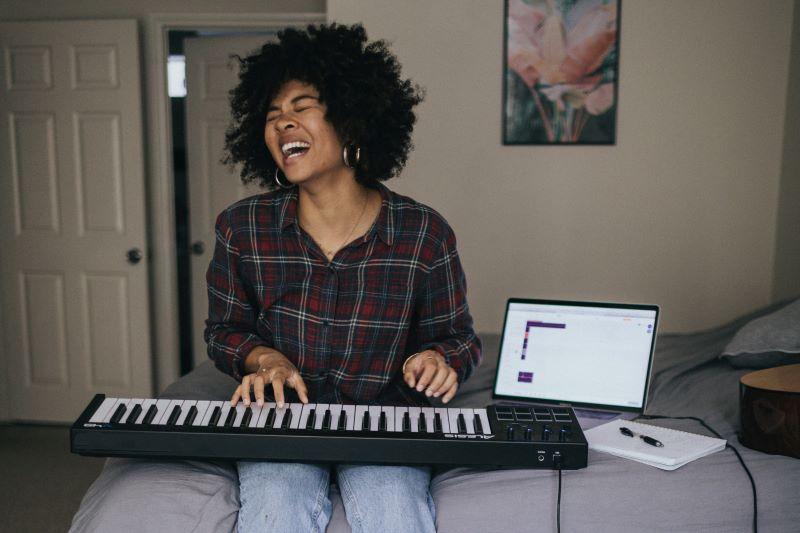Teaching the practical application of a subject – or practicums – sits at the core of many courses. Among our trainee childhood educators, it is possibly the most highly anticipated learning experience.
Practicums offer students hands-on experience in their respective disciplines, allowing them to put their knowledge to use in real-life scenarios. However, practicums can be daunting, stressful and full of doubts.
Shall I help set up the classroom? Is it acceptable to pressure children? Will the pupils engage in this teaching activity? These are just some of the questions that our aspiring student educators ask themselves.
Students rely heavily on their peers’ response and mentors’ feedback to ascertain their performance. This became increasingly challenging during the pandemic, with classes moving online. Many preschools blended online teaching modes with offline ones. Our practicums had to adapt to this mixed-mode approach too.
Numerous adjustments were made to accommodate the expansion of the teaching space beyond the classroom’s walls. It has now been proven that mixed-mode practicum for our student teachers can work. Here are some lessons from our teacher training courses that may be helpful for anyone needing to adapt their practicum to work online through blended formats:
Prepare activities jointly
Certain teaching and learning activities can still take place on campus even while much remains remote so look at where students will benefit the most from face-to-face instruction. For our student teachers, lesson and activity planning can still take place within a school even when the children are learning from home. Student teachers shared that they learned more while being involved in activity preparation on campus. The discussions and exchanges with fellow educators deepen their understanding of the curriculum, prompt them to consider the needs of all learners in the classroom and stretch their ability to make the activities both relevant and engaging.
Work in small and large groups
Synchronous online sessions create opportunities for student teachers – and their pupils – to work in various group sizes enabling peer-to-peer learning and improve collaborative, team-working skills. In the same way as offline activities, leading different group sizes requires adjustment in management and interaction skills among the student teachers. Small-group breakout sessions can easily be set up on online platforms. If possible, record the sessions for discussion and reflection after the lesson.
Extend the learning space
Occupations are no longer tied to physical spaces and locations that once defined them. For instance, teaching is no longer bound to the classroom and digital communication channels enable most of the work to be done remotely. Whatever your discipline, help students gain competence and confidence with the new contexts in which they must operate and plan projects making use of new off-site spaces and resources.
Synchronous online teaching
During live sessions, encourage students to take the lead in designing their own learning activities, shifting control from instructors to students to self-direct. Our student teachers can apply this same tactic with their own pupils. There are dozens of ways to shape self-directed learning activities. You could pose a question or challenge and task students with developing possible outcomes and then solutions in response, or challenge students to design interactive activities using common objects and household items as props. Games such as “scavenger hunt” can easily be loaded with activity objectives and are great for engaging learners at any level.
Asynchronous online activities
Many activities can be pre-recorded as video lessons for students to work through at home. We encourage student teachers to prepare clear written and verbal instructions for their pupils and their caregivers. They need to consider ways to capture their pupils’ participation and performance such as asking them to submit a video recording. Learning feedback will help the student teachers assess if the activity’s objectives have been met and plan and refine future sessions.
Engage the whole-class
Educators often fall into the trap of focusing more on their performance in delivering planned activities and not so much upon social connection within the class. But the latter is vital to creating an effective learning environment. Tutors should come up with creative ways to facilitate social bonding, both through collaborative group learning tasks and less formal activities outside the classroom, such as casual hangouts and class chat forums.
Evaluate
Gather ongoing feedback about the effectiveness of learning activities, materials and comprehension of various topics. We encourage student teachers to ask their pupils’ caregivers to share comments, videos of activities completed at home or children’s work samples to look at. These materials help student teachers learn how to assess a child’s development and performance. This need for two-way communication between tutors and their students, providing feedback and monitoring progress is vital at all stages of education.
Guide and reflect
The importance of reflection cannot be stressed enough. It is an essential part of building understanding and mastery in any discipline. Recorded online sessions are very useful for this purpose. Students usually need some guidance to make their reflections meaningful so it can be helpful to give them a framework. It can be kept very simple; for instance asking them to reflect on things that went well and why, as well as those things that did not go as expected. Mistakes and hiccups serve as growth opportunities.
The pandemic has created an opportunity to reframe educators’ roles, practices and student collaborations. Online and offline learning is becoming the new normal. With the guidance of good mentors and supervisors, mixed-mode practicum can offer an authentic practical experience that enhances students’ skill proficiency and learning outcomes.
Rohnii Tse is a lecturer at the Yew Chung College of Early Childhood Education.




comment